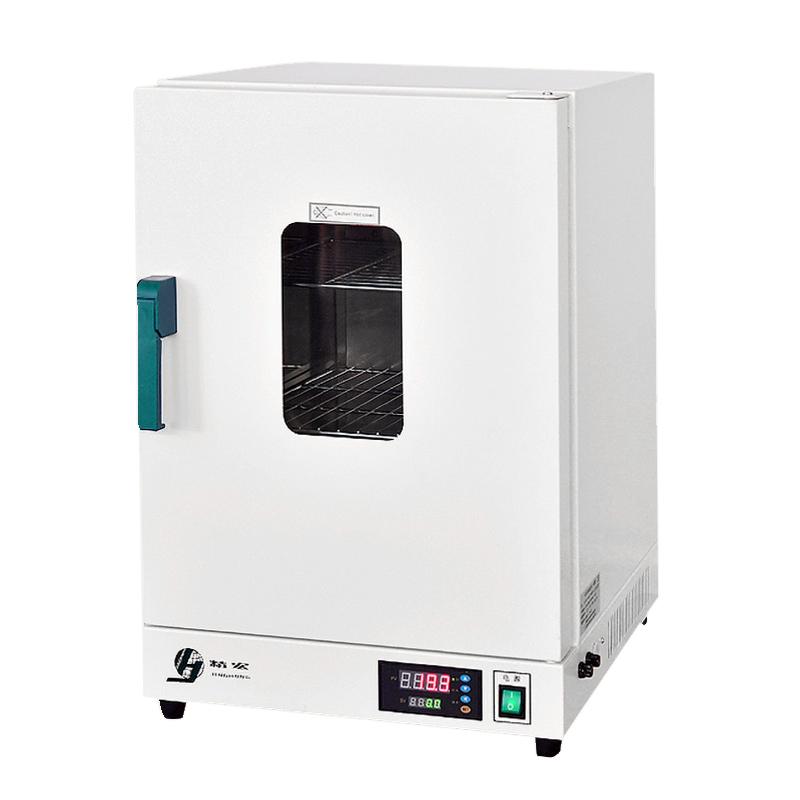测定的比较与应用
methods for water soluble substances in pigments
The determination of water soluble substances in the pigment industry is very important to ensure product quality. 在本文中, two widely used methods for the determination of aqueous solubilies, cold extraction and hot extraction, are discussed, their principles, 仪器, 材料, and experimental procedures are analyzed, and their applications are discussed.
Part One: 介绍
In the pigment industry, water soluble matter is a key performance parameter. The content of water soluble matter affects the use and performance of pigment. In order to accurately determine the content of water soluble substances in pigments, many different methods have been developed, among which cold extraction and hot extraction are common. These two methods are different in principle and application, this paper will compare and analyze them.
The second part: cold extraction
范围和描述: The cold extraction method is used to determine the soluble content of pigment samples in cold water. This method is suitable for certain inorganic pigments, such as cobalt blue, molybdenum chromium orange and lead chromium yellow.
仪器及材料: laboratory analysis instruments, film filters, evaporating dishes, 水, ETC.
测定方法: The sample is mixed with water, continuously stirred for 1 小时, and then filtered and evaporated filtrate to constant weight. The final water soluble content is determined by several heating and cooling processes.
结果表示为: The content of water soluble matter is expressed by mass and is usually reported as a percentage.
参考标准: 国标 5211.1-2003 “Determination of water soluble pigments – 冷萃取法”.
测定的比较与应用 
第三部分: thermal extraction method
范围和描述: The hot extraction method is used to determine the soluble content of pigment samples in boiling water. This method is suitable for most inorganic and organic pigments.
仪器及材料: laboratory analysis instruments, film filters, evaporating dishes, 水, ETC.
测试方法: Mix the sample with water, boil for 5 分钟, and then cool. Filter filtrate and evaporate to constant weight. The final water soluble content is determined by several heating and cooling processes.
结果表示为: The content of water soluble matter is expressed by mass and is usually reported as a percentage.
测定的比较与应用
Part four: Comparison and application
Cold extraction method is suitable for some specific inorganic pigments, such as cobalt blue, molybdenum chromium orange and so on. It is a relatively simple method, but requires a long stirring and evaporation process.
The thermal extraction method is suitable for most inorganic and organic pigments and is a relatively rapid method, requiring only a short time of boiling.
Which method to choose depends on the type and nature of the pigment, as well as the time and resource constraints of the experiment. It is important to note that different methods may lead to slightly different results, so the method used needs to be specified when reporting water soluble content.
Part Five: 结论
The determination of pigment water soluble substance is a key step to ensure product quality. Cold extraction method and hot extraction method are two commonly used methods, and each has its own scope of application. The correct selection and application of these methods is essential for the pigment industry to ensure that products meet specific requirements, 提高产品性能, 减少开支, 并减少不利的环境影响. 同时, comparing the two methods helps to determine which method is more suitable for a particular pigment type.
